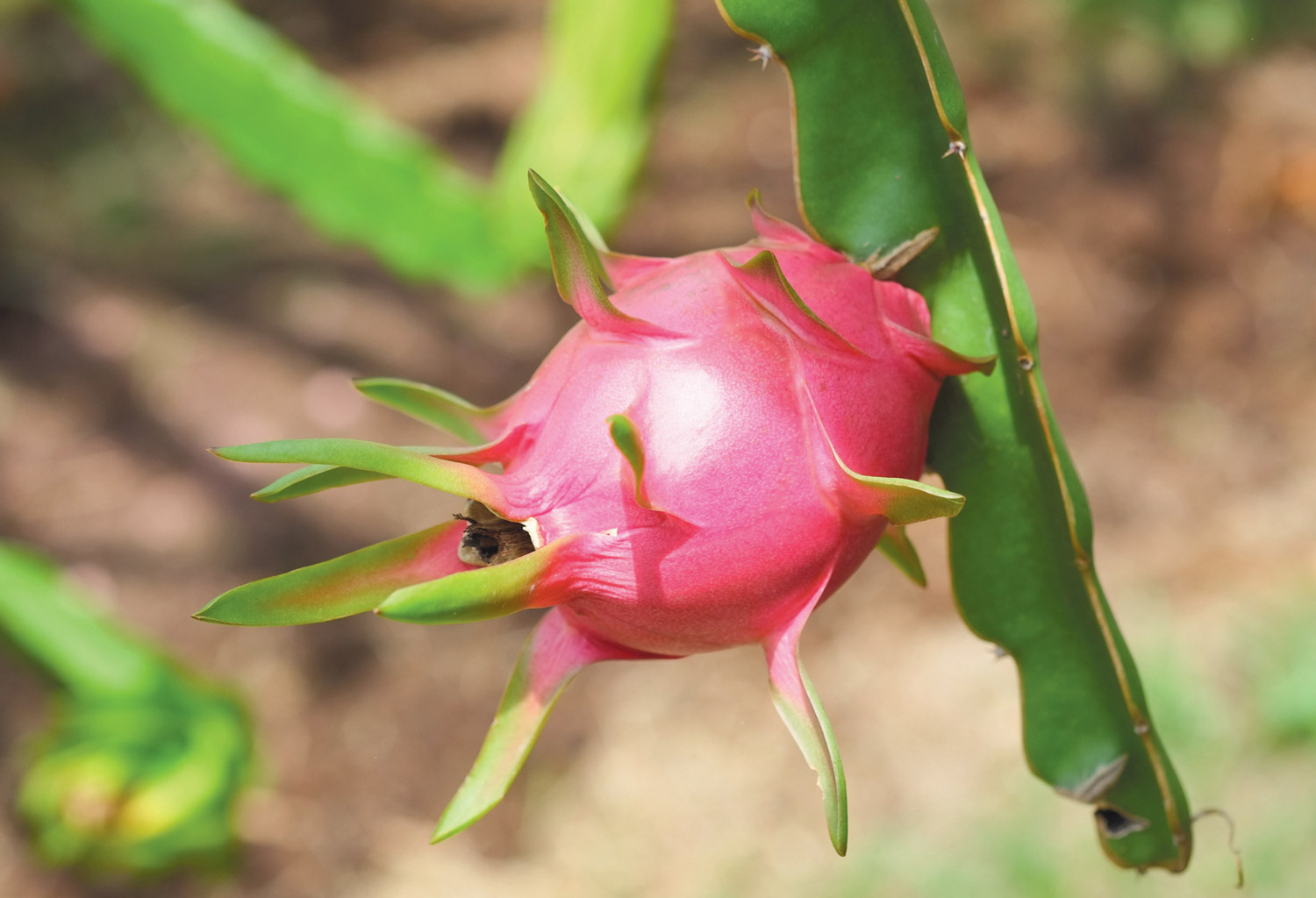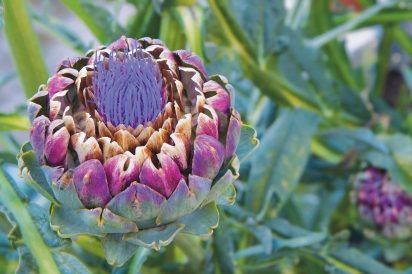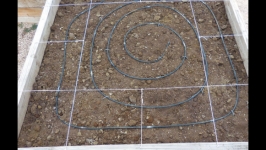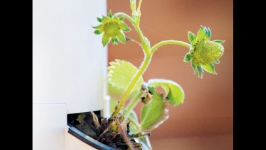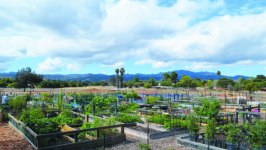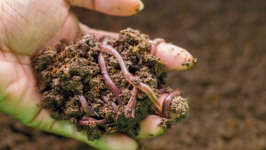Squeeze the Most from Every Drop with a Water-Wise Garden
It is never too late to start a drought-tolerant edible garden in our area of California. With just a little planning, you could be enjoying dinner from your own yard in no time, while saving water!
There are four main factors to consider when growing a water-wise edible landscape: soil, irrigation, planting in the right time of year and plant types.
Prep Ahead
To prepare healthy soil, start by spreading a layer of compost an inch or two thick across the area to be planted. Then top the compost with a two- to three-inch-thick layer of straw or wood chips. This process helps create a living soil sponge that soaks up water and stores it to increase the length of time between waterings. Probiotics in the compost feed off the organic matter in the mulch, and create spaces in the soil where water is captured and stored— just like any other sponge.
Be Water Wise
Drip systems are the most water-efficient way to irrigate. Drip emitters do not mist or overspray, which cuts water loss due to evaporation, especially on those hot days. Water is delivered slowly in drip systems at a rate that soils can fully absorb, eliminating runoff. The frequency and duration of irrigation matters: watering less often for longer periods of time is more effective than frequent, short waterings.
Learning how to use and program an irrigation controller is crucial to maximize water savings. Systems must be reprogramed to run less in cooler months, and can even be shut off completely through the winter. Alternatively, smart controllers automatically adjust run times based on local weather conditions.
Consider installing a graywater system that reuses the water from the washing machine for outside irrigation. This is particularly useful when growing fruit trees.
Sow Seeds with the Seasons
In Central/Southern California, fall is generally the best time to plant. Temperatures are cooler and the chances of rain are greater, putting less stress on plants as they take root in their new homes. When it comes to annuals (plants that live less than a year) growing from seed can save a lot of water. Plants grown from seed have more vigorous root systems, leading to tougher, more drought-tolerant plants.
Sowing seeds in fall for winter greens such as lettuce, kale, arugula and cilantro can produce an abundant harvest on rainfall alone. After properly preparing the soil, sow a generous amount of seed in the desired growing area, making sure the seeds are somewhat evenly spaced. About a month after the first rainfall, you will be enjoying plucking leaves and eating salads!
Plant Natives
Some plants have adapted to get by without much water. Mediterranean classics like pomegranates, rosemary and thyme thrive in low-water conditions.
Looking to edible succulents is another way to incorporate drought-tolerant plants into an edible garden. These plants include dragon fruit, aloe vera and nopales. California native plants like lemonade berry, black and white sage and California grape all produce exciting flavors in arid conditions.
By carefully considering what is planted and how it’s cared for, it is possible to have a bountiful garden while conserving water.


